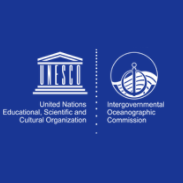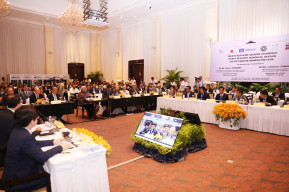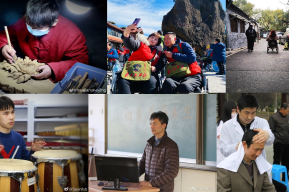In 2004, UNESCO’s Intergovernmental Oceanographic Commission (IOC-UNESCO) urged the countries bordering the South China Sea to work closely together to address tsunami hazards, and establish a regional warning system operating under the Tsunami Warning and Mitigation System in the Pacific. This had been established by IOC-UNESCO in 1965 in response to the deadly tsunami that struck the coasts of Chile and Japan in 1960. Since 2005, the South China Sea region had been covered by the Tsunami Advisory Center for the Pacific Northwest, based in Japan, and the Pacific Tsunami Warning Center, based in Hawaii, USA. The warning system was much enhanced when on 8 May 2018, the South China Sea Tsunami Advisory Centre was inaugurated.

Global Tsunami Early Warning and Mitigation Programme
Coordinated by IOC, the Global Tsunami Warning System plays a critical role in protecting lives. The IOC Tsunami Programme supports Member States in assessing tsunami risk, implementing Tsunami Early Warning Systems (EWS) and in educating communities at risk about preparedness measures.
Established in Beijing, under the aegis of IOC-UNESCO, the centre provides a tsunami alert service for nine countries: Brunei, Cambodia, China, Indonesia, Malaysia, the Philippines, Singapore, Thailand and Viet Nam. The National Marine Forecast Center, part of the Ministry of Natural Resources of the People’s Republic of China, is responsible for operating the sub-regional tsunami advisory centre.
It relies on a seismic monitoring network based on seismic stations and tide gauges that relay information in real time. Staff have received targeted training. A public awareness campaign, developed in partnership with the Tsunami Warning and Mitigation System in the Pacific and IOC-UNESCO, has been launched to warn people in the region about tsunami hazards.








